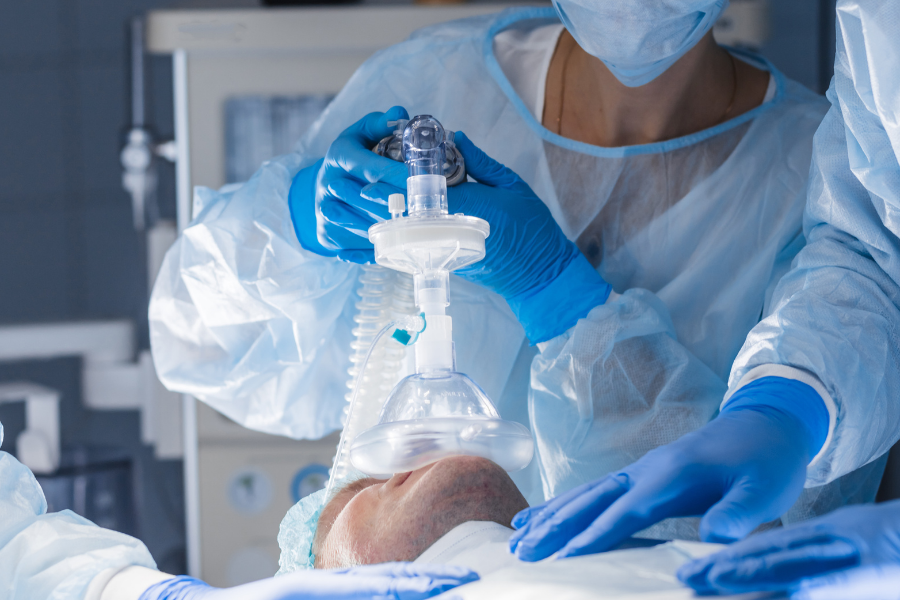
PARK RIDGE, Ill. (AANA) — Certified Registered Nurse Anesthetists are on the front lines of patient care, safely administering nearly 50 million anesthetics each year in the United States. During Patient Safety Awareness Week, March 13-19, the American Association of Nurse Anesthesiology (AANA) joins the Institute for Healthcare Improvement (IHI) in recognizing practices, education, and standards that improve safety for patients and healthcare professionals.
“As CRNAs, patient safety is at the forefront of our work, from the preoperative period, through surgery, and until the patient is discharged from post-anesthesia care,” said Dina Velocci, DNP, CRNA, APRN, AANA president. “No other profession has a more hands-on understanding of how healthcare is delivered from start to finish.”
CRNAs plan and implement every step of the anesthesia process with patients’ safety and well-being in mind. This includes a preoperative interview to discuss any medical conditions that may affect anesthesia care, monitoring the patient’s vital signs and advocating for him or her during surgery, and helping the patient understand postoperative care and pain management.
“During the pandemic, CRNAs have been on the frontlines, treating COVID patients while working to keep healthcare professionals and patients safe through evidence-based care and innovation,” Velocci said. “For example, CRNAs working in the ICUs have streamlined patient management and reduced the need for patient transport and additional recovery teams.”
As advanced practice registered nurses, CRNAs practice in every setting in which anesthesia is delivered: traditional hospital surgical suites and obstetrical delivery rooms; critical access hospitals; ambulatory surgical centers; the offices of dentists, podiatrists, ophthalmologists, plastic surgeons, and pain management specialists; and U.S. military, Public Health Services, and Department of Veterans Affairs healthcare facilities.
AANA encourages CRNAs to play an instrumental role in leading and promoting a culture of safety to develop and advance healthy work environments. Healthy work environments optimize patient safety and enhance the physical and mental well-being of healthcare providers.